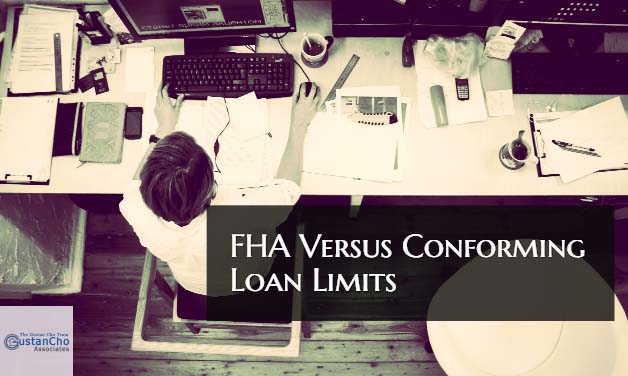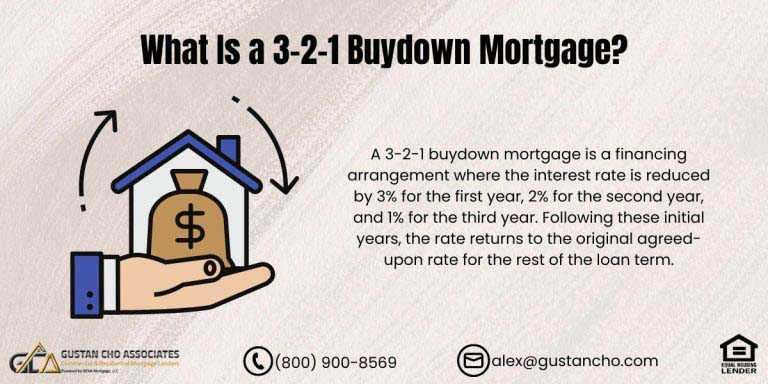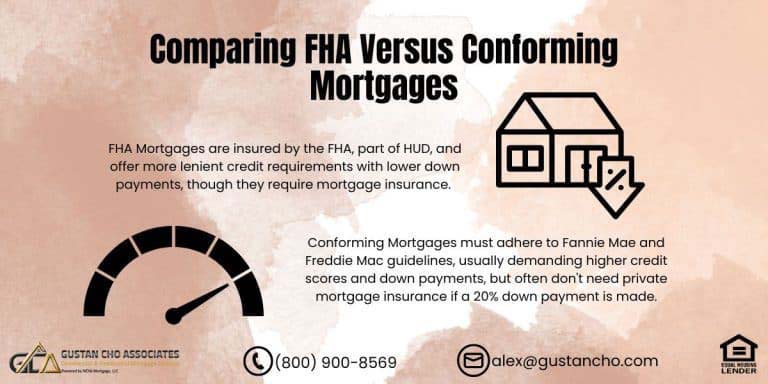This guide covers why do lenders have different requirement on credit scores. There are mortgage lending guidelines on the minimum requirement on credit scores in order to qualify for a particular mortgage loan program. For example, to qualify for a 3.5% down payment FHA Loan, the minimum credit score required by the mortgage loan applicant is 580 FICO.
This minimum 580 FICO credit score is the bare minimum required per HUD lending guidelines to qualify for a 3.5% down payment mortgage loan. However, individual lenders can set higher standards than the minimum HUD guidelines with regards to which minimum credit scores they are willing to accept.
The higher mortgage lending standards set by the mortgage lender is called lender overlays. Most mortgage companies and banks have lender overlays. Good news is that there are lenders like myself that do not have lender overlays and will just go off the DU FINDINGS from the Automated Underwriting System. Same with Conventional Loans. Minimum credit scores required on conventional loans per Fannie Mae and/or Freddie Mac mortgage guidelines are 620 credit scores.
Why Do Lenders Have Different Requirement on Credit Scores
If you have been shopping for an FHA loan, you probably ran into a lender requiring a 640 credit score while a different lender required a 620 score. Yet Gustan Cho Associates require the minimum HUD agency guideline on credit scores which is credit scores down to 500 FICO. Each lender of government-backed and conventional loans can have different lending requirement that is above and beyond the minimum agency guidelines. This is called a lender overlays. John Strange, a senior mortgage loan originator at Gustan Cho Associates explains why do lenders have different requirement on credit scores:
Lender overlays are extra rules mortgage lenders tack on top of the baseline guidelines from agencies like FHA, VA, USDA, Fannie Mae, and Freddie Mac. These extra hoops are not baked into the government or secondary market rules. Lenders invent them to protect themselves from loans that feel too risky.
Overlays pop up all over the mortgage world. One lender may say your credit score must be 700, while another might approve you at 660. Some might only accept a DTI of 43%, while others have a hard line at 40%. You may also face a longer job history requirement than the main guidelines spell out, or even a need to pay off collections that the official rules say a lender could overlook. Some lenders flat-out won’t give a mortgage unless you have two years with the same job, even if you just switched to a nearby company in the same field.
Confused by Different Credit Score Rules? We’ll Break It Down
Not all lenders follow the same rules—and that’s why you may get denied by one and approved by another.
Why Do Lenders Have Different Requirement on Credit Scores and Guidelines
No two lenders has the same lender overlays. All lenders need to meet the minimum agency guidelines but each lender can set higher lending requirements that is above and beyond the minimum agency guidelines. Why do lenders do this? They want to be more careful than the minimum rules require. By adding these extra lines, they think they can avoid lending to people they believe could struggle to repay. Javier Munoz of Gustan Cho Associates says the following about why do lenders have different requirement on credit scores and guidelines.
Smaller banks and credit unions, in particular, often lean on these extra guidelines because they can’t absorb losses like bigger firms can.
Suppose you’ve been denied a loan due to a low credit score, collection account, high debt-to-income ratio, or job history. In that case, it’s good to know that another lender may still say yes by skipping the extra loan rules many institutions add on top of the standard ones. Lenders like Gustan Cho Associates focus on saying yes when the official FHA, VA, or Fannie Mae rules say you’re good to go, without adding tougher rules of their own. In plain language, if the standard agency guidelines give you the green light, they give you the loan without trying to find more reasons to say no.
The takeaway is clear: Extra rules from a lender are often the line between a denial and an approval. A “no” from one lender is not a “no” from every lender. If you’ve been told you’re out of the running, testing your facts with a loan officer who sticks only to the published agency rules is smart.
Many borrowers see that lenders have different credit score rules when shopping for a mortgage, especially when comparing government-backed loans to conventional ones. Knowing why these rules vary can help you pick the mortgage that fits you best and make it easier to get approved.
Why Are the Credit Score Requirement Different?
The main reason is risk. Conventional loans don’t have a government guarantee. If a borrower stops paying, the lender loses money. Lenders raise their standards to protect themselves, which usually means a minimum credit score of 620 or so. If your score is 680 or more, you’ll likely get the best rates and loan features. Dale Elenteny, a senior mortgage loan originator at Gustan Cho Associates explains why do lenders have different requirement on credit scores:
Take the FHA, which lets you get a mortgage with a credit score as low as 580 and a 3.5% down payment. A lender, however, may decide that it still feels too loose and bump that minimum score to 620. That bump-up is an overlay. You’re still following the FHA program, but with tougher credit rules that the agency never required.
On the other hand, loans backed by the government—like FHA, VA, and USDA loans—come with a safety net since federal agencies insure or guarantee them. This coverage lowers the danger for lenders because the government promises to repay some or all the money lost if the borrower can’t keep up with payments. Because the loan is less risky, lenders can accept borrowers with lower credit scores. For instance, FHA loans can accept scores down to 580 with just a 3.5% down payment, and in some cases, they can go down to 500 if the borrower puts down 10%. USDA and VA loans also have friendlier score limits, often letting borrowers in when a conventional loan would say no. Still, most lenders will set their minimum score slightly higher than the rules say.
Lender Overlays Explained
Even when a government agency or the best mortgage investor spells out a low credit score limit, the lender can still say, “Not so fast,” and set a higher one. This extra rule is called a “lender overlay.” For example, the FHA might say a borrower can have a credit score of 580, but a certain lender might say, “We need you to have at least a 620.” Because every lender differs, a mortgage company might say yes when another says no. Lender overlays are common with government loans since they help the lender feel more secure while giving lower scores a chance.
How Government Loans and Conventional Loans Set Their Guidelines
Government loans, like FHA and VA mortgages, let lenders approve borrowers with bruised credit, small down payments, or limited credit files. This happens because the government promises to cover some costs if the borrower fails to repay. Hence, the lender feels safer taking the risk. On the other hand, conventional loans sit on the lender’s balance sheet, so approval hinges on a solid credit file. Conventional lenders want borrowers with clean credit histories, steady jobs, and low debt, as these traits cut the likelihood of a default. Suppose a loan is sold to Fannie Mae or Freddie Mac. In that case, the borrower usually has to start with a credit score of at least 620, yet many lenders prefer scores of 680 or better to offer the best rates.
Credit is Just the Start: Other Deciding Factors
Your credit score is important, but it is not the whole story. A bigger down payment for FHA loans can help balance the scales if your score isn’t great. Lenders will carefully check your debt-to-income ratio, which measures how much of your monthly income goes to monthly bills, to ensure you can still pay your mortgage. Other strong points—like a steady job history, a record of on-time bill payments, or a nest egg of cash savings—can also tip the scales in your favor, even with a score that needs work.
Key Takeaways for Borrowers
When you’re in the market for a mortgage, it pays to reach out to multiple lenders. Each one may read the same rules differently or add extra rules, which can affect your offer. Getting your credit score in better shape gives you more choices and can lower your interest rate. Knowing the difference between government-backed loans (like VA or FHA) and conventional loans keeps you organized. It helps you choose the mortgage that best fits your situation.
While the many rules for different loan types and lenders feel overwhelming, that same variety can give you an advantage. If you take the time to research and compare, you’ll put yourself in the strongest position to land the mortgage that matches your financial goals.
One Denial Doesn’t Mean You Can’t Qualify
Different lenders have different credit score requirements. We approve borrowers others turn away.
Lenders Have Different Requirement Because of Agency Guidelines vs Overlays
However, many conventional lenders may have overlays on credit scores where the minimum credit scores required may be 680, 660, or 640 FICO. This holds true even though the minimum credit scores required is 620 FICO per Fannie Mae and/or Freddie Mac lending guidelines. In this blog, we will discuss Why Do Lenders Have Different Requirement On Credit Scores.
Why Do Lenders Have Different Requirement on Credit Scores
Unfortunately, many mortgage loan applicant goes to a lender to qualify for a mortgage loan and are often told that they do not qualify because they do not meet the mortgage lender’s minimum credit score requirements. Many loan officers do not tell home loan applicants that just because they do not meet the particular mortgage lender’s minimum credit score requirements that they can qualify with a lender with no overlays.
For example, just this morning, a mortgage loan applicant called me and told me that she was told that she did not qualify by multiple mortgage lenders. Some lenders told her that she did not qualify because minimum credit scores to qualify for FHA Loans was 640 FICO.
Other lenders told her that the minimum credit scores required to qualify for a 3.5% down payment FHA insured mortgage loan was 620 FICO. This mortgage loan applicant’s credit scores were 589 FICO. Not a single loan officer told her that she meets minimum FHA guidelines with regards to credit scores and just told her she does not qualify for a mortgage loan.
Agency Mortgage Guidelines Versus Lender Overlays
Minimum FHA lending guidelines with regards to credit scores is 580 FICO. Fortunately, this mortgage loan applicant was one of those consumers who will not take no for an answer and found me on the internet. After talking to her and going over her credit and financial profile, she is more than qualified for an FHA insured mortgage loan with 3.5% down payment
She has no late payments in the past 12 months, full-time employment, verification of rent, and more than enough funds for the down payment. More than 75% of our borrowers are folks who were told they did not qualify elsewhere.
If you are told that you do not qualify for an FHA or Conventional Loans because of the overlays, please contact us at Gustan Cho Associates at 800-900-8569 or text us for faster response. Or email us at gcho@gustancho.com. We are mortgage bankers and correspondent mortgage lenders with no overlays.
This Article On Why Do Lenders Have Different Requirement On Credit Scores Was UPDATED On July 25, 2025.
Denied Due to Credit? We Have a Better Way
We follow agency guidelines with no lender overlays—giving you a real chance at homeownership.









